What to Expect from COVID-19 Related Workers' Compensation Claims
Workers to Face Challenges: The vast majority of California workers will face a higher hurdle to establish workers' compensation claims for workplace exposure to COVID-19.
April 20, 2020 at 12:30 PM
7 minute read
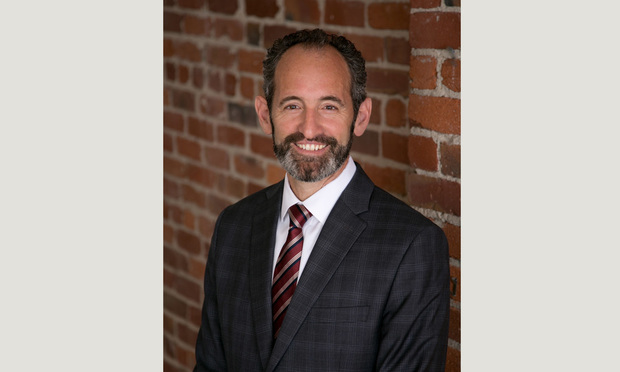 Christopher Viadro, a founding partner and trial attorney at Butler Viadro in Oakland, California.
Christopher Viadro, a founding partner and trial attorney at Butler Viadro in Oakland, California.
As of April 18, The New York Times reported that there are 29,398 documented positive cases of COVID-19 in California; 1,050 of those have resulted in death. (https://www.nytimes.com/interactive/2020/us/coronavirus-us-cases.html#states.) While there is no clear data on how many of these cases are the result of workplace exposures, it is a foregone conclusion at this point that workers who are out in the public have a greater opportunity to contract the disease. Workers who contract COVID-19 at work will be entitled to seek workers' compensation benefits; however, as set forth herein, proving such a claim may be challenging for many.
Generally speaking, a worker is entitled to workers' compensation benefits for an injury or illness which "aris[es] out of and in the course of the employment." Labor Code §3600. An injured worker needs to show that "industrial causation is reasonably probable." Viewed another way, the workers would need to "establish by a preponderance of likelihood the fact that his [or her] disability arose out of and happened in the course of employment." McAllister v. WCAB (1968) 69 Cal. 2d 408, 417-18.
Many non-sheltering workers who contract COVID-19 may naturally suspect or believe that their illness arose from the workplace. Doctors, nurses, police, nursing home workers, fire fighters/paramedics, food manufacturing workers and grocery workers, and many other occupations in the "essential" category inherently require interaction with high risk groups, the public in general or large co-employee pools.
Establishing industrial causation for COVID-19 will vary for differently situated workers. For a very small number, showing industrial causation will be relatively easy. For example, certain reporting suggests that Sutter Health has established a policy that assumes employees infected with the virus contracted it at work unless proven otherwise. (https://www.pressdemocrat.com/news/10874578-181/sick-nurses-must-prove-they.) At least one state, Illinois, has gone so far as to draft emergency measures that create a presumption of industrial causation for first responders and certain essential front line workers who contract COVID-19 (e.g., https://www2.illinois.gov/sites/iwcc/Pages/default.aspx). For California fire fighters, peace officers and correctional officers, there is existing law that creates a rebuttable presumption that pneumonia and/or heart trouble are work related. Labor Code §§3212, 3212.5 and 3212.10. As both pneumonia and heart failure can result from COVID-19, these presumptions may have application to the current crises, though they have not yet been fully tested.
Apart from those above, the vast majority of California workers will face a higher hurdle to establish their claims. To assist them, workers' compensation attorneys will need to delve into the facts of each case just like the epidemiologists did at the outset of the outbreak. Proving work was the cause of a particular COVID-19 case will require that numerous questions be asked to get to root of causation. Most basically, practitioners will need to ask if there are individuals at work that are COVID-19 positive. In the case of hospital workers, are there COVID-19 positive patients at work? Are there co-workers that are suffering from the virus? If so, how many? In South Dakota last week, reports indicated that 518 of the state's roughly 1,100 cases were employees of single meat processing plant (https://apnews.com/b20cd0c7c71b828eb164fbe069050aac). Such clusters of COVID-19 cases will be particularly probative on the issue of industrial causation.
Other basic questions will need to be asked. Does the employee work at multiple locations, make deliveries, visit others, etc.? Does the injured worker have a COVID-19 positive family member? How much time is spent at work vs. elsewhere? How much direct contact does the worker have with others at work? Does the worker wear personal protective equipment at work and/or elsewhere? How many people are in the home? Are others in the home going out? Apart from the home, to what potential non-industrial sources was the worker exposed, e.g., grocery store, gas station, etc.? The foregoing list of questions just scratches the surface of possible questions. There will be many occupation specific avenues to explore.
Consider the following over-simplified example. An elevator service technician's typical work day is as follows. The tech drives his company truck to and from multiple service locations. The tech has to enter multiple buildings a day, and passes building occupants from time to time. All other time is spent at home. He fills his work truck up with gas as part of the work day. He is married. His spouse does the grocery shopping. They are sheltering at home on the weekends. The tech comes down with COVID-19 as does his spouse 10 days later. Industrial causation is probably more likely than not here. While the spouse has potential contacts when grocery shopping, the spouse comes down with COVID-19 10 days after the tech, and the spouse is probably not the primary source as between the two of them. Suppose, however, that the couple is not sheltering on the weekend, and they regularly go hiking in a crowded park. Assume they both come down with the illness about the same time, and the tech is the one that does the grocery shopping. As the facts change in this fashion, one can see questions begin arising regarding causation.
As COVID-19 can result in death, additional challenges will exist in proving claims where the injured worker dies. In such circumstances, the deceased worker's dependents would be entitled to file a claim for death benefits, but some pertinent evidence might be lost with the death of the worker, i.e., the worker's testimony.
Questions will also arise as to whether it even makes sense in certain instances to file a workers' compensation claim. Assume a situation where a worker contracts COVID-19, is off work for only 2-3 weeks, recovers and is able to return to full duty thereafter. There would not be much point in filing a claim under such circumstances, given the very limited benefits that would be available even if work was the suspected cause. However, in a case where a worker contracts COVID-19, has extended time off work, ends up in the hospital/ICU, has permanent lung damage or dies, it would make sense for the worker (or surviving dependents) to consider filing a claim if there are also enough facts to suggest that it was contracted at work.
Based on this author's decades of experience with workers' compensation insurance carriers, there is, unfortunately, a strong expectation that workers' compensation carriers will deny all but the most clear-cut COVID-19 cases. Litigation will then be required, and benefits will be delayed. In such circumstances, State Disability Benefits, employee sick days, private insurance, Medi-Cal will be tapped (but only for those workers who are eligible for and/or have same). As the legislature considers a myriad of options to address the COVID-19 crisis, creating presumptions that certain COVID-19 cases are work-related should be in the mix. It would reduce litigation and, more importantly, get injured workers the benefits they need to heal and survive.
Christopher Viadro is a founding partner and trial attorney at Butler Viadro, LLP, in Oakland. He has a statewide catastrophic plaintiff's personal injury practice and companion applicant's side workers' compensation practice. His cases arise primarily from industrial/workplace accidents, dangerous premises, defective products and general negligence matters. For questions about this article, Mr. Viadro can be reached at [email protected] or through his firm's web site: www.butlerviadro.com.
This content has been archived. It is available through our partners, LexisNexis® and Bloomberg Law.
To view this content, please continue to their sites.
Not a Lexis Subscriber?
Subscribe Now
Not a Bloomberg Law Subscriber?
Subscribe Now
NOT FOR REPRINT
© 2025 ALM Global, LLC, All Rights Reserved. Request academic re-use from www.copyright.com. All other uses, submit a request to [email protected]. For more information visit Asset & Logo Licensing.
You Might Like
View All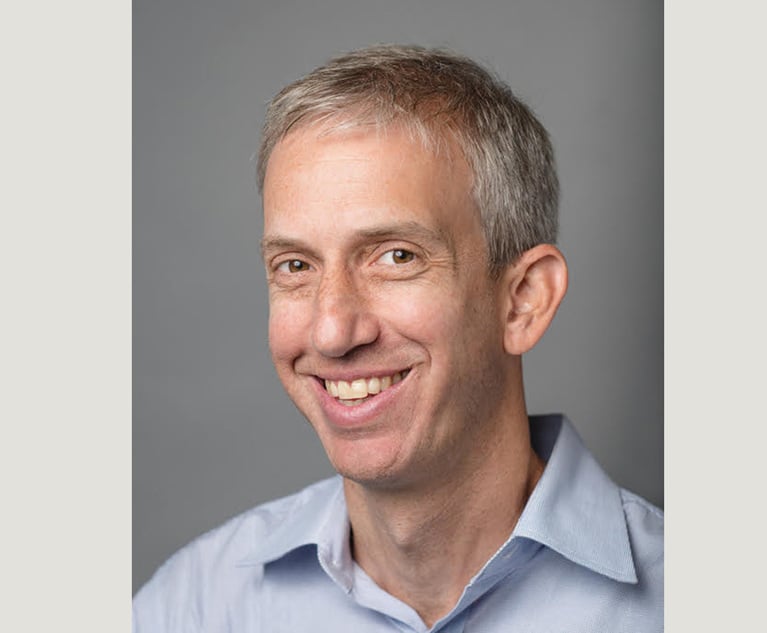
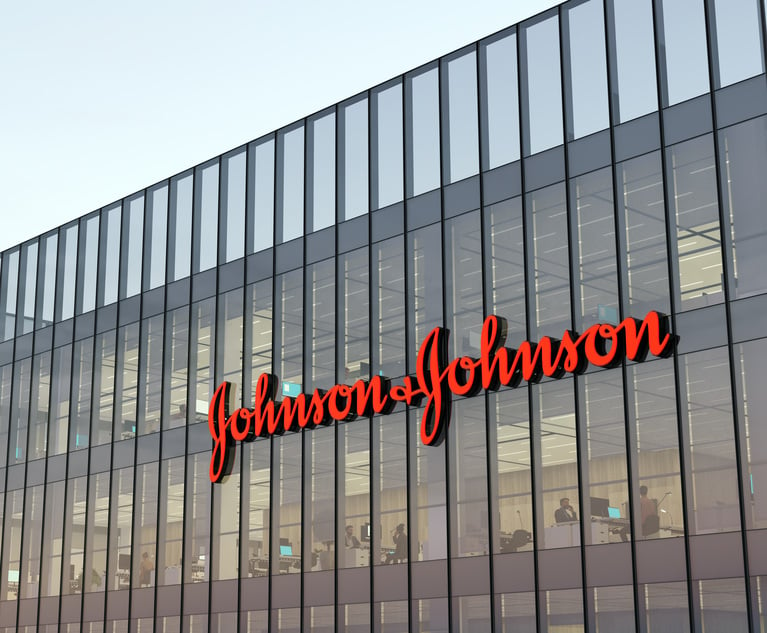
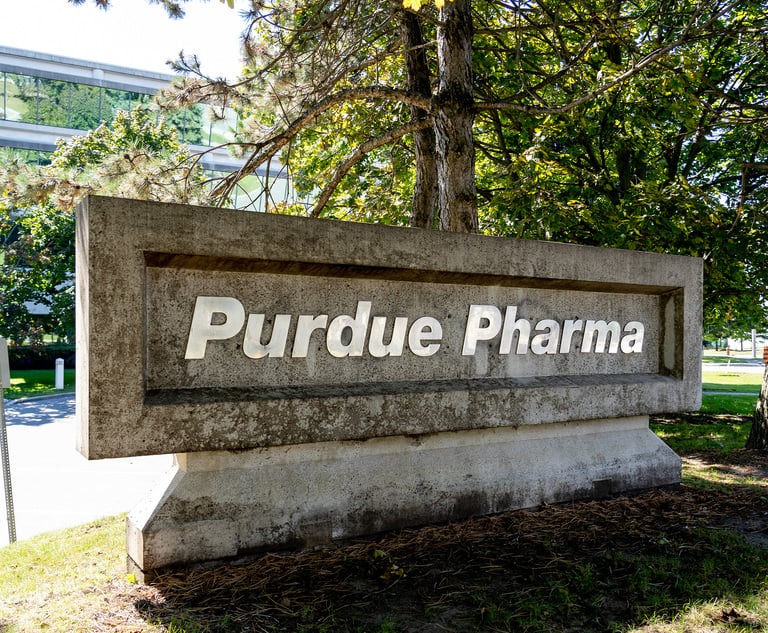
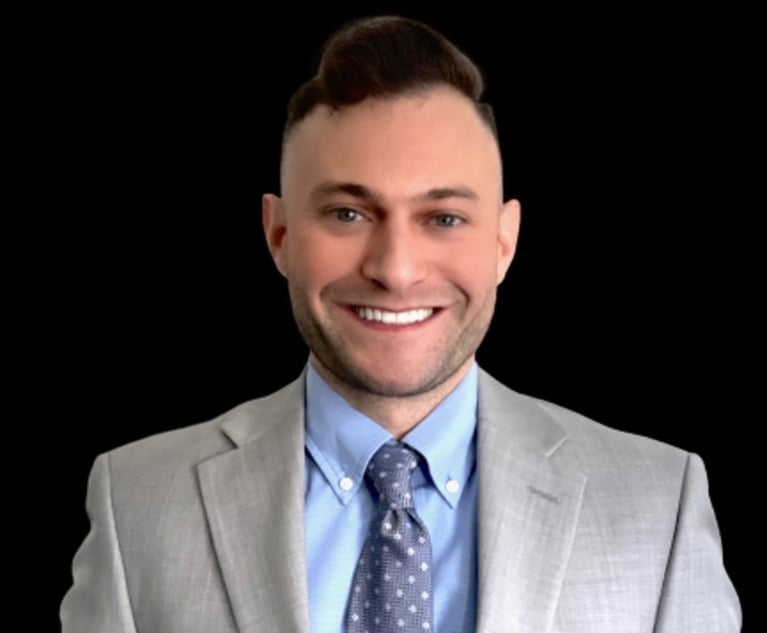
'Pull Back the Curtain': Ex-NFL Players Seek Discovery in Lawsuit Over League's Disability Plan
Trending Stories
- 1Uber Files RICO Suit Against Plaintiff-Side Firms Alleging Fraudulent Injury Claims
- 2The Law Firm Disrupted: Scrutinizing the Elephant More Than the Mouse
- 3Inherent Diminished Value Damages Unavailable to 3rd-Party Claimants, Court Says
- 4Pa. Defense Firm Sued by Client Over Ex-Eagles Player's $43.5M Med Mal Win
- 5Losses Mount at Morris Manning, but Departing Ex-Chair Stays Bullish About His Old Firm's Future
Who Got The Work
J. Brugh Lower of Gibbons has entered an appearance for industrial equipment supplier Devco Corporation in a pending trademark infringement lawsuit. The suit, accusing the defendant of selling knock-off Graco products, was filed Dec. 18 in New Jersey District Court by Rivkin Radler on behalf of Graco Inc. and Graco Minnesota. The case, assigned to U.S. District Judge Zahid N. Quraishi, is 3:24-cv-11294, Graco Inc. et al v. Devco Corporation.
Who Got The Work
Rebecca Maller-Stein and Kent A. Yalowitz of Arnold & Porter Kaye Scholer have entered their appearances for Hanaco Venture Capital and its executives, Lior Prosor and David Frankel, in a pending securities lawsuit. The action, filed on Dec. 24 in New York Southern District Court by Zell, Aron & Co. on behalf of Goldeneye Advisors, accuses the defendants of negligently and fraudulently managing the plaintiff's $1 million investment. The case, assigned to U.S. District Judge Vernon S. Broderick, is 1:24-cv-09918, Goldeneye Advisors, LLC v. Hanaco Venture Capital, Ltd. et al.
Who Got The Work
Attorneys from A&O Shearman has stepped in as defense counsel for Toronto-Dominion Bank and other defendants in a pending securities class action. The suit, filed Dec. 11 in New York Southern District Court by Bleichmar Fonti & Auld, accuses the defendants of concealing the bank's 'pervasive' deficiencies in regards to its compliance with the Bank Secrecy Act and the quality of its anti-money laundering controls. The case, assigned to U.S. District Judge Arun Subramanian, is 1:24-cv-09445, Gonzalez v. The Toronto-Dominion Bank et al.
Who Got The Work
Crown Castle International, a Pennsylvania company providing shared communications infrastructure, has turned to Luke D. Wolf of Gordon Rees Scully Mansukhani to fend off a pending breach-of-contract lawsuit. The court action, filed Nov. 25 in Michigan Eastern District Court by Hooper Hathaway PC on behalf of The Town Residences LLC, accuses Crown Castle of failing to transfer approximately $30,000 in utility payments from T-Mobile in breach of a roof-top lease and assignment agreement. The case, assigned to U.S. District Judge Susan K. Declercq, is 2:24-cv-13131, The Town Residences LLC v. T-Mobile US, Inc. et al.
Who Got The Work
Wilfred P. Coronato and Daniel M. Schwartz of McCarter & English have stepped in as defense counsel to Electrolux Home Products Inc. in a pending product liability lawsuit. The court action, filed Nov. 26 in New York Eastern District Court by Poulos Lopiccolo PC and Nagel Rice LLP on behalf of David Stern, alleges that the defendant's refrigerators’ drawers and shelving repeatedly break and fall apart within months after purchase. The case, assigned to U.S. District Judge Joan M. Azrack, is 2:24-cv-08204, Stern v. Electrolux Home Products, Inc.
Featured Firms
Law Offices of Gary Martin Hays & Associates, P.C.
(470) 294-1674
Law Offices of Mark E. Salomone
(857) 444-6468
Smith & Hassler
(713) 739-1250






